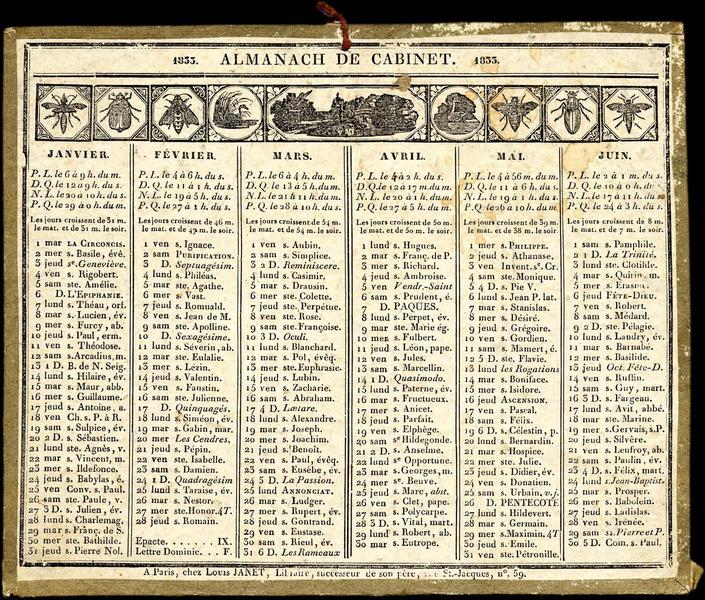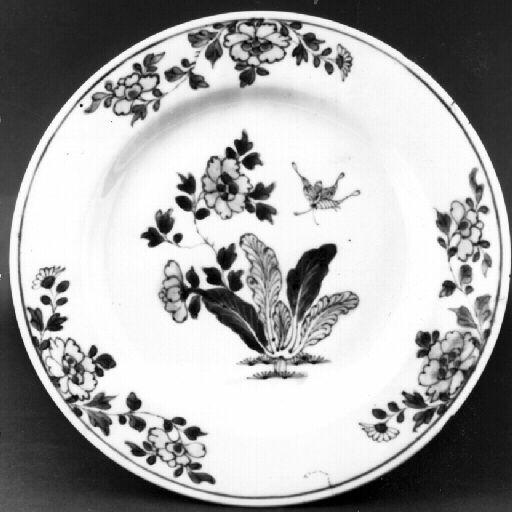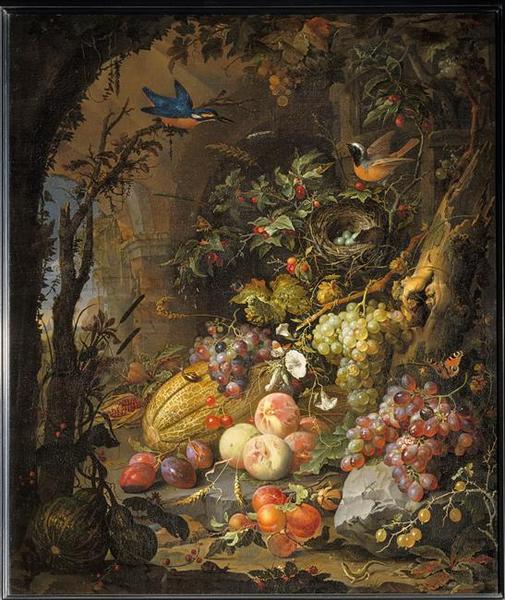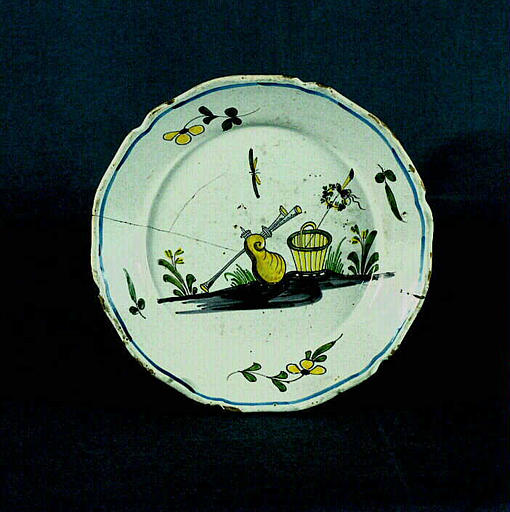Environ 300 résultats pour « Insecte »
-

Insecte
Les insectes (Insecta) font partie du sous-embranchement des hexapodes, elle-même incluse dans l'embranchement des arthropodes mais dans un sous-groupe : les mandibulates. On connaît un insecte marin, la punaise Halobates bien que la majorité des insectes aquatiques vivent en eau douce. On les trouve sous presque tous les climats, du plus chaud au plus froid. Les scientifiques ont décrit près d'un million d'espèces (soit environ les deux tiers des espèces animales connues), et il pourrait en exister 30 millions. Dans un article publié dans le journal Nature en avril 2002, le docteur Novotny et ses collègues proposent de ramener ce chiffre dans une fourchette de 4 à 6 millions de groupes différents. Leur corps est composé de trois parties : tête, thorax et abdomen. Ils ont six pattes, quatre ailes et deux antennes. Cette description est une généralité, l'évolution ayant fait que par spécialisation, certains éléments peuvent être atrophiés : par exemple, la mouche n’a que deux ailes, une paire d’ailes ayant été transformée en « balancier ». Les araignées, ayant huit pattes, ne sont pas des insectes; ce sont des arachnides.
-

LE GRAND DIABLE D'ARGENT, Patron de la Finance (titre inscr…
-
- Domaine(s) :
- Estampe
- Ethnologie
-
- Sujet représenté :
- Artiste peintre
- Cheveu
- Cordonnier
- Crachat
- Diable
- Défécation
- …
-
- Datation :
- XIXe siècle
-
-

ALMANACH DE CABINET 1833 (titre inscrit)
-
- Domaine(s) :
- Estampe
- Ethnologie
- Métrologie
-
- Sujet représenté :
- Insecte
- Lepidoptera
-
- Datation :
- XIXe siècle
-
-

6. CARNAVAL DE NICE XLIV - CHAR "LE RETOUR DU NATURALISTE" …
-
- Domaine(s) :
- Divertissement
- Ethnologie
- Photographie
-
- Sujet représenté :
- Barbe
- Blé
- Brouette
- Bâtiment (construction)
- Canne (marche)
- Carnaval
- …
-
- Datation :
- XXe siècle
-
-

-
- Artiste(s) :
- Anonyme
-
- Domaine(s) :
- Asie de l'Est
- Costume
- Ethnologie
-
- Désignation :
- brodequin
-
- Sujet représenté :
- Insecte
-
- Datation :
- XIXe siècle
-
-

-
- Artiste(s) :
- Anonyme
-
- Domaine(s) :
- Costume
- Ethnologie
- Tapisserie
-
- Désignation :
- empeigne (2)
-
- Sujet représenté :
- Dragon (mythologie)
- Insecte
-
- Datation :
- XIXe siècle
-
-

-
- Artiste(s) :
- Anonyme
-
- Domaine(s) :
- Ethnologie
- Ivoire
- Orfèvrerie
- Production domestique
-
- Désignation :
- boîte ; couvercle
-
- Datation :
- XVIIe siècle
-
-

-
- Domaine(s) :
- Céramique
- Ethnologie
-
- Désignation :
- assiette
-
- Datation :
- XVIIIe siècle
-
-

-
- Domaine(s) :
- Céramique
- Ethnologie
-
- Désignation :
- plat (ovale)
-
-

-
- Domaine(s) :
- Céramique
- Ethnologie
-
- Désignation :
- assiette | décor genre chinois
-
- Sujet représenté :
- Bouquet de fleurs
- Fleur
- Guirlande
- Insecte
-
-

-
- Domaine(s) :
- Céramique
- Ethnologie
-
- Désignation :
- plat (ovale) | décor genre Rouen ; décor à la corne d'abondance
-
- Sujet représenté :
- Corne d'abondance
- Fleur
- Insecte
- Oiseau
-
- Datation :
- XVIIIe siècle
-
-

-
- Domaine(s) :
- Céramique
- Ethnologie
-
- Désignation :
- salière
-
- Datation :
- XIXe siècle
-
-

COUPE DE FLEURS ET DE FRUITS
-
- Domaine(s) :
- Peinture
-
- Sujet représenté :
- Cerise
- Cours d'eau
- Forêt
- Fraise (fruit)
- Frise (architecture)
- Fruit (botanique)
- …
-
- Datation :
- XIXe siècle
-
-

Bouquet de fleurs dans une arcature de pierre s'ouvrant sur…
-
- Domaine(s) :
- Peinture
-
- Sujet représenté :
- Ancolie
- Anémone
- Baie (architecture)
- Bouquet de fleurs
- Crocus
- Hyacinthus
- …
-
- Datation :
- XVIIe siècle
-
-

FLEURS, FRUITS, OISEAUX ET INSECTES DANS UN PAYSAGE AVEC RU…
-
- Domaine(s) :
- Peinture
-
- Datation :
- XVIIe siècle
-
-

-
- Artiste(s) :
- Jacob Hoefnagel
Insectes, fruits et fleurs
-
- Domaine(s) :
- Estampe
-
- Sujet représenté :
- Bivalvia
- Bouquet de fleurs
- Chenille (lépidoptère)
- Chouette
- Escargot
- Fleur
- …
-
-

JEAN HENRI FABRE (1823-1915), ENTOMOLOGISTE
-
- Domaine(s) :
- Sculpture
-
- Sujet représenté :
- Banc (siège)
- Chapeau
- Insecte
- Loupe
- Portrait
- Station assise
-
- Datation :
- XXe siècle
-
-

-
- Artiste(s) :
- Anonyme
-
- Domaine(s) :
- Céramique
-
- Désignation :
- soucoupe
-
- Datation :
- XVIIIe siècle
-
-

-
- Artiste(s) :
- Anonyme
-
- Domaine(s) :
- Céramique
-
- Désignation :
- assiette (chantourné) | décor à la cornemuse et au panier
-
- Datation :
- XVIIIe siècle
-
-

-
- Domaine(s) :
- Céramique
-
- Désignation :
- plat égouttoir (tripode)
-
- Sujet représenté :
- Branche (botanique)
- Fleur
- Insecte
- Palmette
- Étoile
-
- Datation :
- XVIIIe siècle
-
-

-
- Artiste(s) :
- Manufacture
-
- Domaine(s) :
- Céramique
-
- Désignation :
- assiette (ronde) | décor chinois
-
- Sujet représenté :
- Bouquet de fleurs
- Fleur
- Insecte
- Lepidoptera
- Passementerie
-
- Datation :
- XVIIIe siècle
-
-

-
- Artiste(s) :
- Manufacture
-
- Domaine(s) :
- Céramique
-
- Désignation :
- assiette (ronde) | décor chinois
-
- Sujet représenté :
- Bouquet de fleurs
- Fleur
- Insecte
- Lepidoptera
- Passementerie
-
- Datation :
- XVIIIe siècle
-
-

-
- Artiste(s) :
- Manufacture
-
- Domaine(s) :
- Céramique
-
- Désignation :
- assiette | décor chinois ; décor à la pagode
-
- Datation :
- XVIIIe siècle
-
-

-
- Artiste(s) :
- Manufacture
-
- Domaine(s) :
- Céramique
-
- Désignation :
- assiette | décor chinois
-
- Datation :
- XVIIIe siècle
-
-

-
- Artiste(s) :
- Manufacture
-
- Domaine(s) :
- Céramique
-
- Désignation :
- encrier (trilobé)
-
- Datation :
- XVIIIe siècle
-
-

-
- Artiste(s) :
- Manufacture
-
- Domaine(s) :
- Céramique
-
- Désignation :
- compotier (octogonal)
-
- Sujet représenté :
- Bouquet de fleurs
- Canard
- Fleur
- Insecte
- Lepidoptera
- Roseau
-
- Datation :
- XVIIIe siècle
-
-

-
- Artiste(s) :
- Manufacture
-
- Domaine(s) :
- Céramique
-
- Désignation :
- porte-huilier (ovale, élément) | décor à l'oeillet
-
- Sujet représenté :
- Branche (botanique)
- Feuille
- Insecte
- Passementerie
- Œillet
-
- Datation :
- XVIIIe siècle
-
-

-
- Artiste(s) :
- Manufacture
-
- Domaine(s) :
- Céramique
-
- Désignation :
- assiette | décor à la corne d'abondance
-
- Sujet représenté :
- Corne d'abondance
- Fleur
- Insecte
- Lepidoptera
- Oiseau
- Œillet
-
- Datation :
- XVIIIe siècle
-



